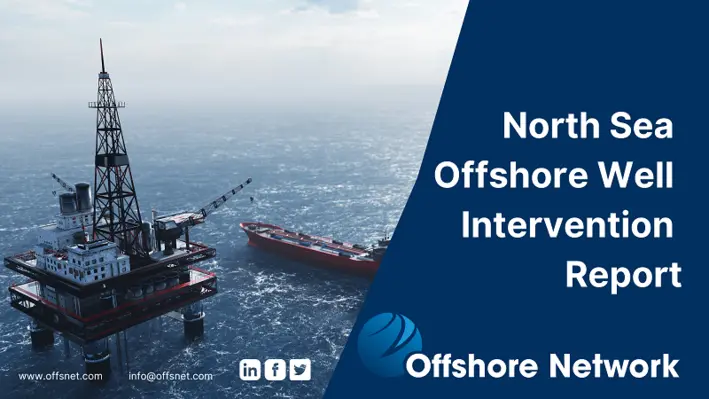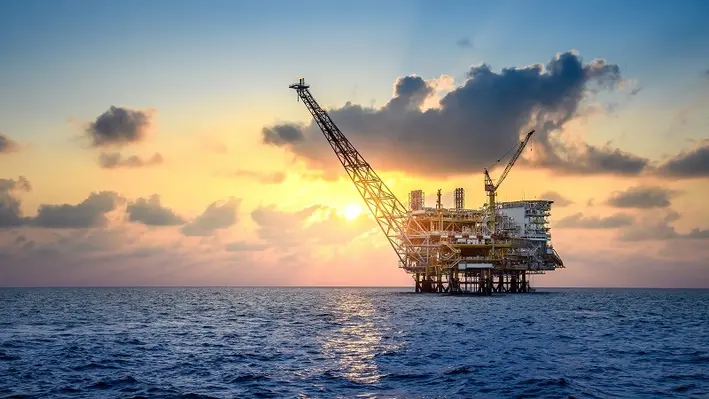
With an ever-increasing demand and healthy oil price appearing to reach relative stability, much of the oil and gas industry has thrived across 2022, despite the tumultuous geopolitical environment threatening to upset Covid-19 recovery efforts.
As supply from Russia continues to reduce, European countries are preparing to fill the gap by boosting production while balancing their environmental commitments. To help walk this tightrope, there are calls for operators in the North Sea to invest more into offshore well intervention an opportunity which could see it emerge as a cornerstone of the North Sea industry.
With more capital available for spending on such activities and a plethora of shut-ins, experts have highlighted how the industry is also presented with a blank canvas in the North Sea for testing new technologies. The eventual implementation of these could really help tip the balance in the risk versus reward scale and take down a potential barrier preventing future interventions.
While stimulating production is the most pressing concern at this time, increasingly influential regulators are ensuring that the decommissioning wave on the horizon is not removed from gaze. As climate concerns continue to mount and the ageing region advances in its maturity, there is growing pressure for the industry to expand their attention on end of life activity. This is work that will not simply disappear and, with soaring profits rolling in from high demand and healthy oil price, there are calls for operators to take advantage of this boom and get ahead of their liabilities – a trend which could open up the market for companies offering project management, engineering analysis, data collection, downhole tools, etc within this workscope.
Download the full, free-to-read report on these trends and more here.




